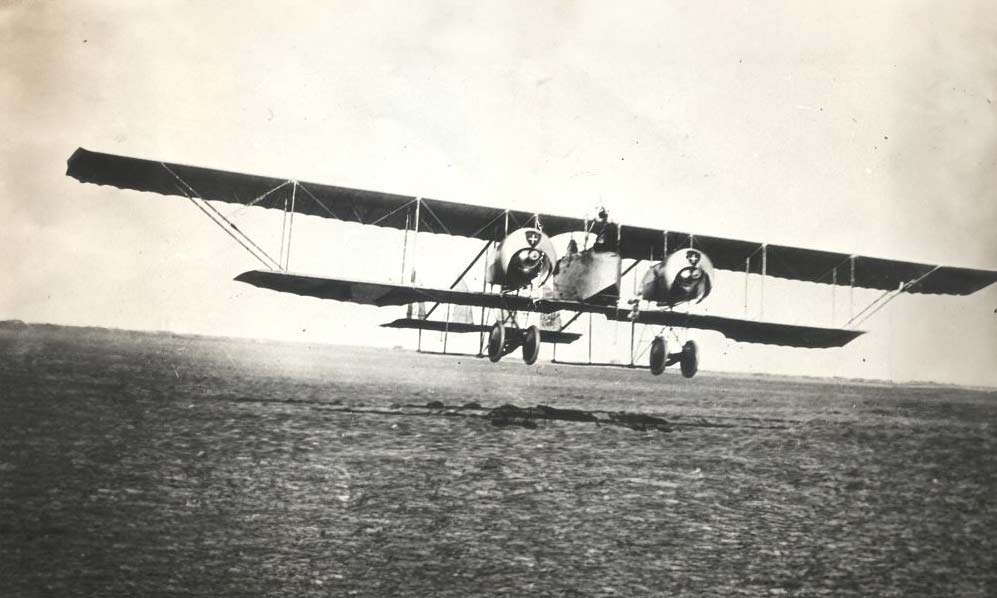Explore the Caudron G.4, a 1915 bomber, its history, design, performance, and military role in World War I aviation. This comprehensive article delves into the history, design, performance, and military usage of the Caudron G.4, a significant bomber aircraft from 1915 that played a crucial role during World War I. The Caudron G.4 took flight during a pivotal era in aviation history, driven by the demands of World War I. This article explores the aircraft’s development, the imperative behind its creation, its launch, and its relevance within the historical context. Additionally, we’ll uncover whether the aircraft had a NATO nickname.
History of the Development of the Caudron G.4
As World War I raged on, the need for effective bomber aircraft became increasingly evident. The Caudron G.4 was developed to address this requirement, with its program initiated in 1915.
The development was led by the French aircraft manufacturer, Caudron. The Caudron G.4 made its maiden flight in 1915.
Design of the Caudron G.4
The Caudron G.4 was a twin-engine biplane bomber with a wingspan of 17.7 meters (58 feet) and a length of 9.7 meters (31.8 feet). It featured a crew of three to four members and was powered by two engines, typically Renault 8A V-8 engines, each providing 120 horsepower.
This aircraft was capable of carrying a substantial bomb load, making it a formidable weapon for its time. However, its design limited its defensive armament, leaving it vulnerable to enemy fighter aircraft.

Performance of the Caudron G.4
The Caudron G.4’s performance was in line with the requirements of a bomber aircraft. Powered by two Renault 8A V-8 engines, it achieved a maximum speed of approximately 135 km/h (84 mph) and an operational ceiling of 4,000 meters (13,123 feet). Its range was approximately 400 kilometers (248 miles).
In comparison to other bombers of its era, such as the British Handley Page O/100 and the German Gotha G.IV, the Caudron G.4 offered similar performance characteristics. Its payload capacity and range made it a valuable asset for bombing missions.
Military Use and Combat of the Caudron G.4
The Caudron G.4 served as a key bomber in the French air force during World War I. Its primary role was strategic bombing, targeting enemy industrial centers, military installations, and transportation hubs. The aircraft carried a substantial bomb load, making it an effective weapon.
The Caudron G.4 saw action in various theaters of the war, including the Western Front. It participated in operations such as the bombing of German cities and vital strategic points.
While it was primarily used by France, the Caudron G.4 was not widely sold to other countries. As aviation technology advanced, it was gradually replaced by more specialized bomber aircraft.
The Caudron G.4 played a significant role during World War I as a reliable and effective bomber aircraft. Its impressive payload capacity and range made it a valuable asset for strategic bombing missions. Although no longer in use, it remains a symbol of innovation and effectiveness during a critical period in aviation history.
Back to the Bombers section.